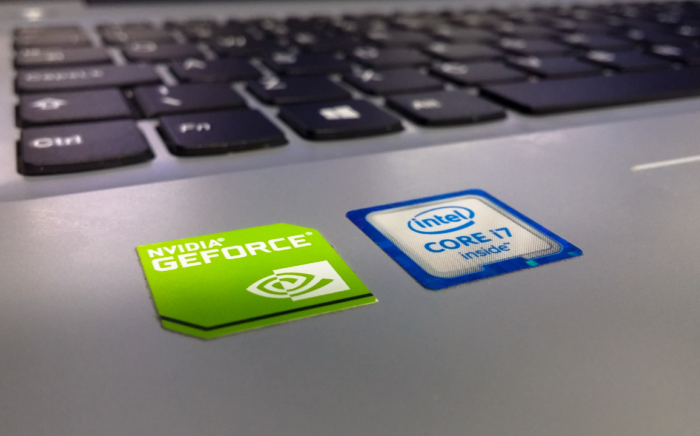In the evolving landscape of business operations, remote workflows and automation are set to become pivotal as we approach 2025. This shift isn’t merely a temporary response to global challenges but a long-term strategy that promises substantial benefits in terms of efficiency, cost savings, and enhanced employee satisfaction.
Mark Frissora on Harnessing Innovation and Technology
Mark Frissora, a seasoned advocate for technology-driven transformation, underscores the critical role of innovation in reshaping business dynamics. He emphasizes that innovation is the key to progress, particularly when leveraging technology to build a more inclusive and dynamic workforce.
Automation and AI Are Transforming Business Models
The advancement of technology, especially through automation and artificial intelligence, acts as a disruptive force precisely crafted with human needs in mind. Businesses must integrate these technologies seamlessly into their existing models, enhancing operations without causing disruption.
Continuous Improvement and Agility in Business
To embrace innovation, Frissora argues that businesses must invest in cutting-edge technologies and cultivate a culture of flexibility and continuous improvement. This approach helps organizations remain agile and responsive to market changes. The ability to pivot quickly becomes essential for minimizing disruption and maximizing growth.
The Rise of Remote Work and Automation as Standard Practice
As we look towards 2025, remote workflows, powered by technology, are expected to become standard operating procedures for many businesses. The COVID-19 pandemic accelerated the adoption of remote work, but its sustained use highlights its inherent benefits. Automation complements this shift by freeing employees to concentrate on strategic initiatives rather than repetitive tasks.
Enhancing Workforce Management with Innovative Platforms
Frissora’s insights reveal that tools like machine learning and smart matchmaking systems, used by platforms like Goodwrx, can significantly improve talent acquisition and workforce management. These systems ensure a precise match between job requirements and candidate skills, optimizing productivity and satisfaction.
Creating a Flexible and Dynamic Workforce
The move towards remote and automated workflows also necessitates the creation of a flexible work environment. This transformation is vital for responding to fluctuating demands without compromising workforce well-being. Goodwrx, co-founded by Mark Frissora, exemplifies the successful integration of technology and strategic partnerships to create a reliable and flexible workforce that benefits both employees and employers.
Preparing for a Technologically Advanced Future
Ultimately, as businesses prepare for 2025, the focus will remain on leveraging technology to foster an environment of innovation and adaptability. The strategies highlighted by leaders like Mark Frissora provide a roadmap for navigating the complexities of modern business operations, ensuring companies remain competitive and resilient in a rapidly evolving world.
Practical Strategies for Embracing Remote Workflows and Automation
To successfully adopt remote workflows and automation, businesses should consider several strategies: invest in advanced technologies like AI and ML, foster a culture of continuous improvement, enhance cybersecurity measures, promote effective communication, empower employees with training, and focus on employee well-being. By integrating these strategies, businesses can confidently navigate the transition to remote workflows and automation, harnessing their full potential to drive growth and innovation.
Remote Workflows and Automation
Looking to the future, the significance of remote workflows and automation cannot be overstated. By embracing these strategies, businesses can achieve better operational efficiency, foster a flexible workforce, and position themselves as leaders in a rapidly evolving business landscape.





